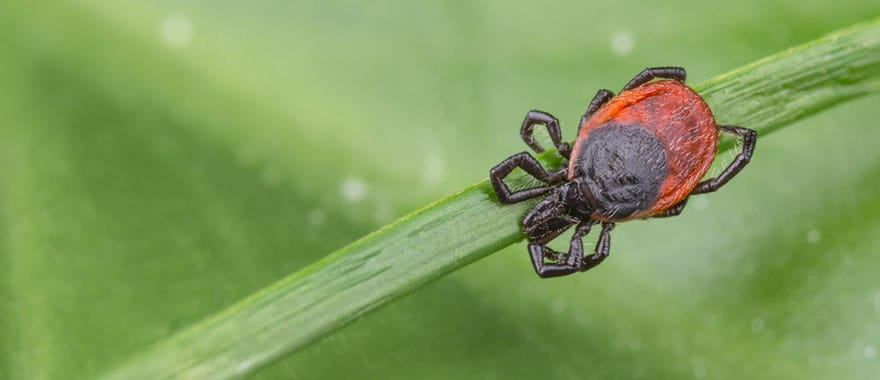The suspected killer is called ”ash yellows,” and is increasingly thought to be at work in the majority of cases of decline that have struck white ash trees.
Once an ash has ash yellows, there’s no way to cure it. Instead of living to 100 years or more, white ashes – valued for their fast growth and used to produce baseball bats and hardwood floors and furniture – seem to die within 10 years.
Decline among ash trees, which along with oaks, maples, beeches and birches are commonly found in Connecticut and throughout the Northeast, is not a new phenomenon. Scientists first noticed it in the 1930’s and believe that ”ash dieback” has progressively spread throughout the northeastern states and parts of eastern Canada. It’s progressively getting worse and unlike cases where trees can be sprayed to ward off more common fungus-related diseases, spraying an ash tree to prevent ash yellows is futile.
For decades drought conditions and various viral conditions were thought to be at work in ash decline, but research has settled on another culprit with the ungainly name of mycoplasmalike organism, or MLO. Simply put, MLOs are single-celled bodies that resemble amoebas and invade the food-conducting tubes of trees. With ash yellows, they eventually produce a variety of nasty symptoms: clumps of twigs known as witches’-brooms, stunted branches with leaf bunches at the ends, sprouts on trunks and the discoloration of the green leaves that gives the disease its name. The organisms are believed to be passed from tree to tree by leafhoppers – insects that suck material from one plant and then pass it to another.
One clue to the origins of ash yellows may come from studying peach trees in our area, which have been dying for years from something called x-disease, also thought to be caused by an MLO. Nobody knows whether it’s all the same or each one is genetically different at this time.
Although injecting antibiotics into other trees suffering from MLO-related diseases has temporarily halted decline, even if the right substance could be found it would be impractical since it would have to administered year after year. Because there is little chance of prevention, it is thought that the best hope for halting the spread of ash yellows is identifying genetically resistant trees and then propagating them.
Between Ash Yellows (MLO) and the Emerald Ash Borer (EAB) the ash tree has a very bleak future ahead.
If you notice your ash tree suffering from “ash yellows” and you are seeing a steady decline in foliage you only have a 1-3 year window generally for when the tree will die. I would recommend removing the tree prior to it dying since it is structurally safer to work with and will save money versus taking down a completely dead tree.




